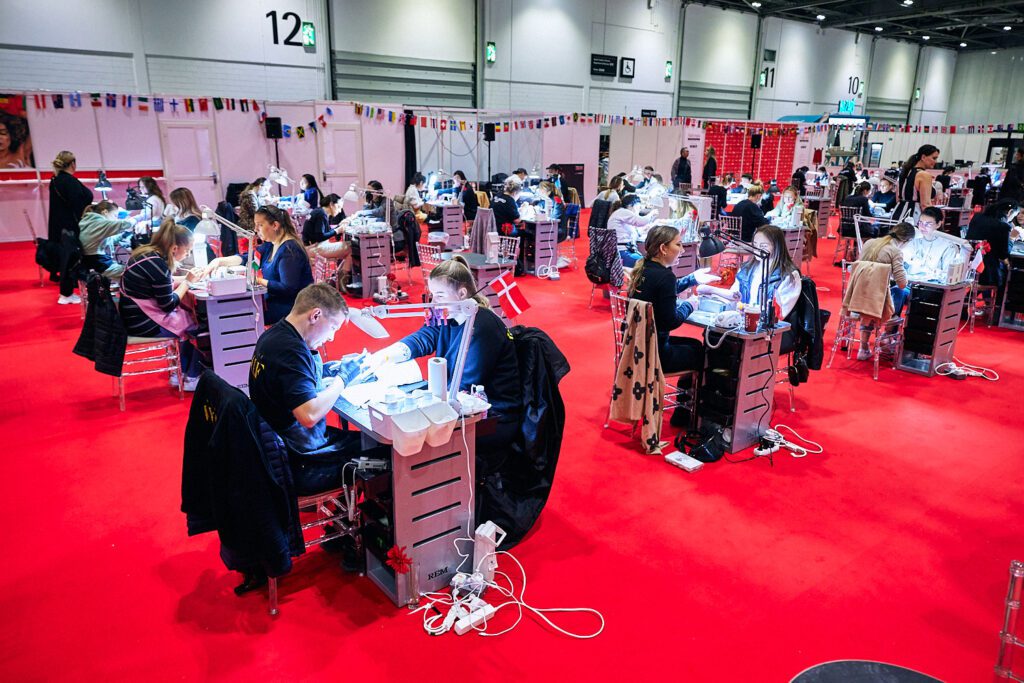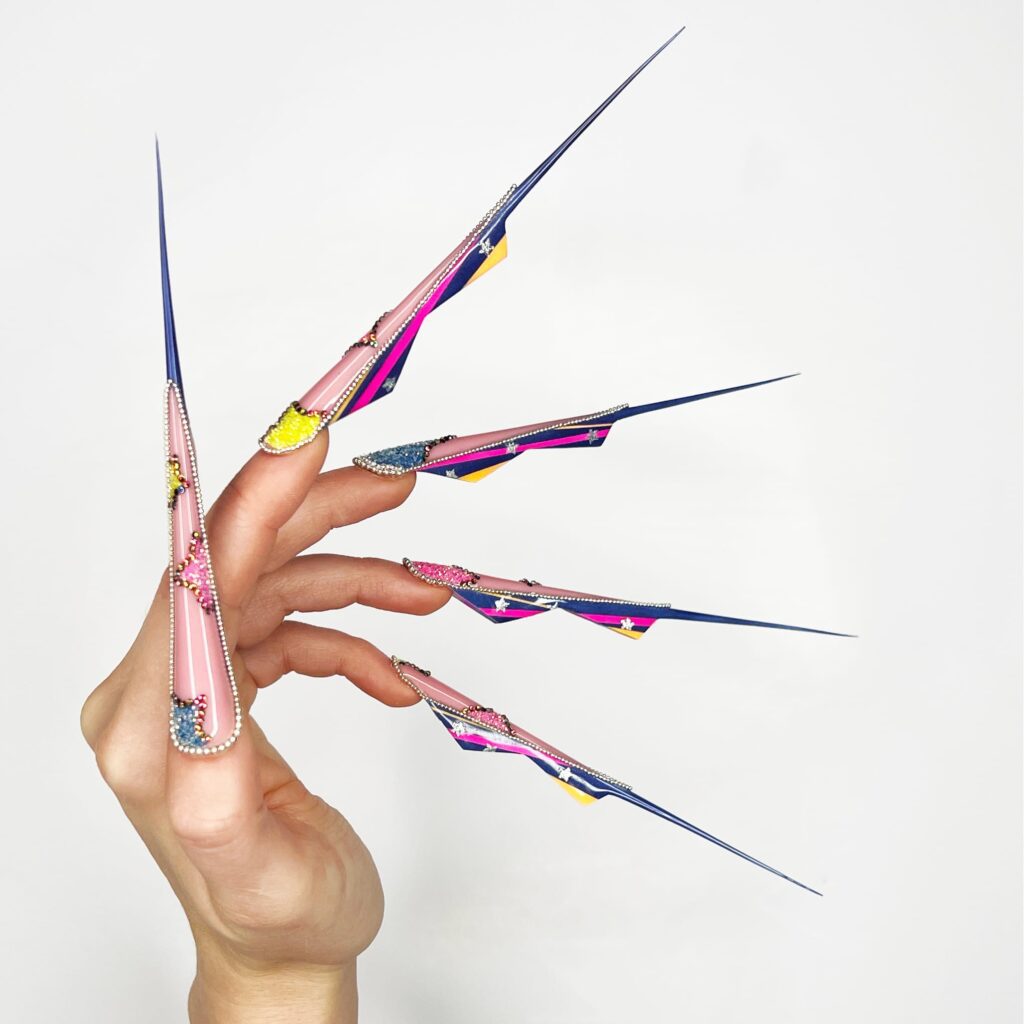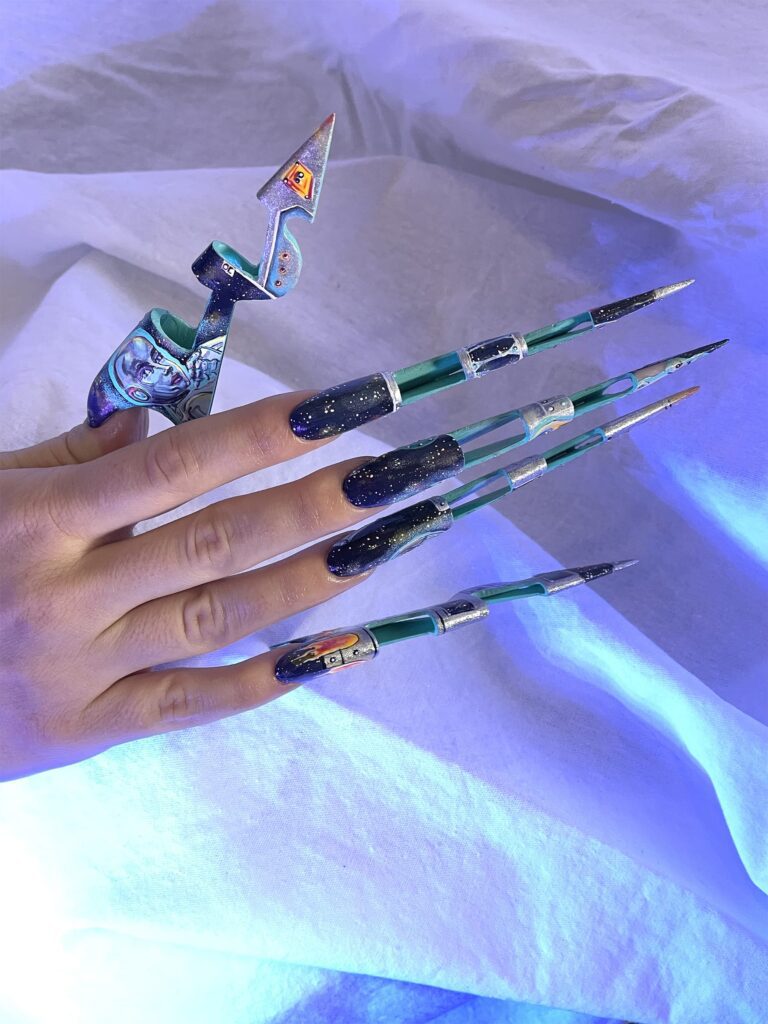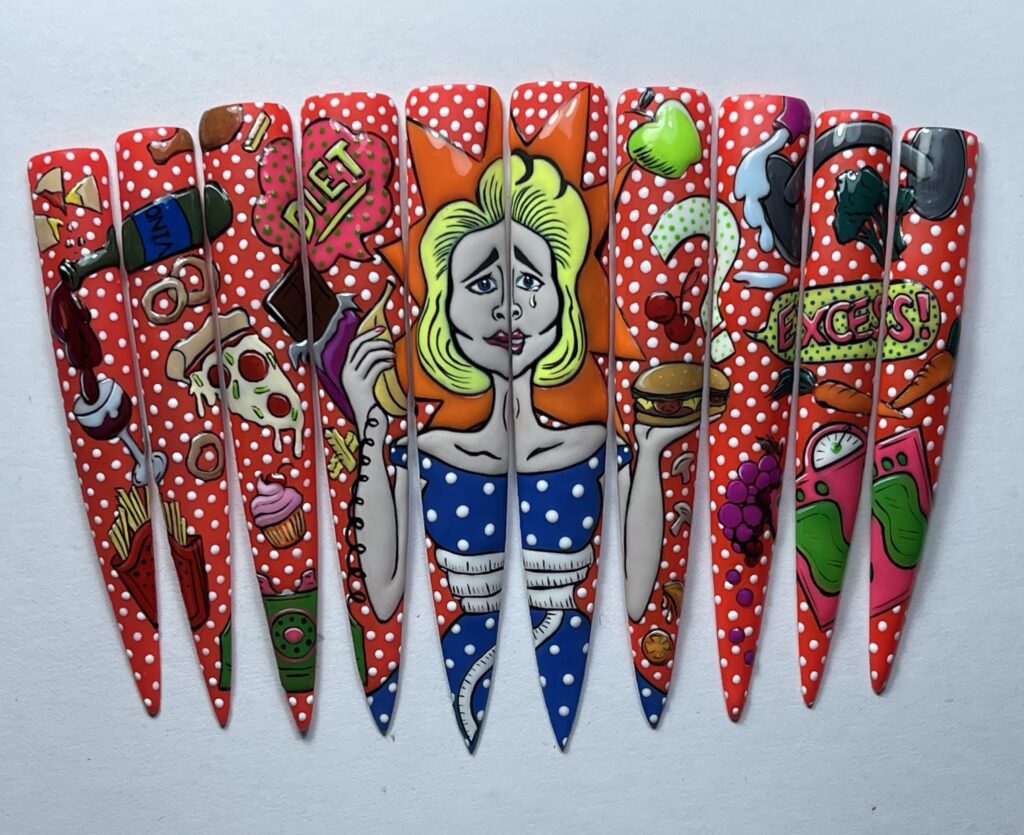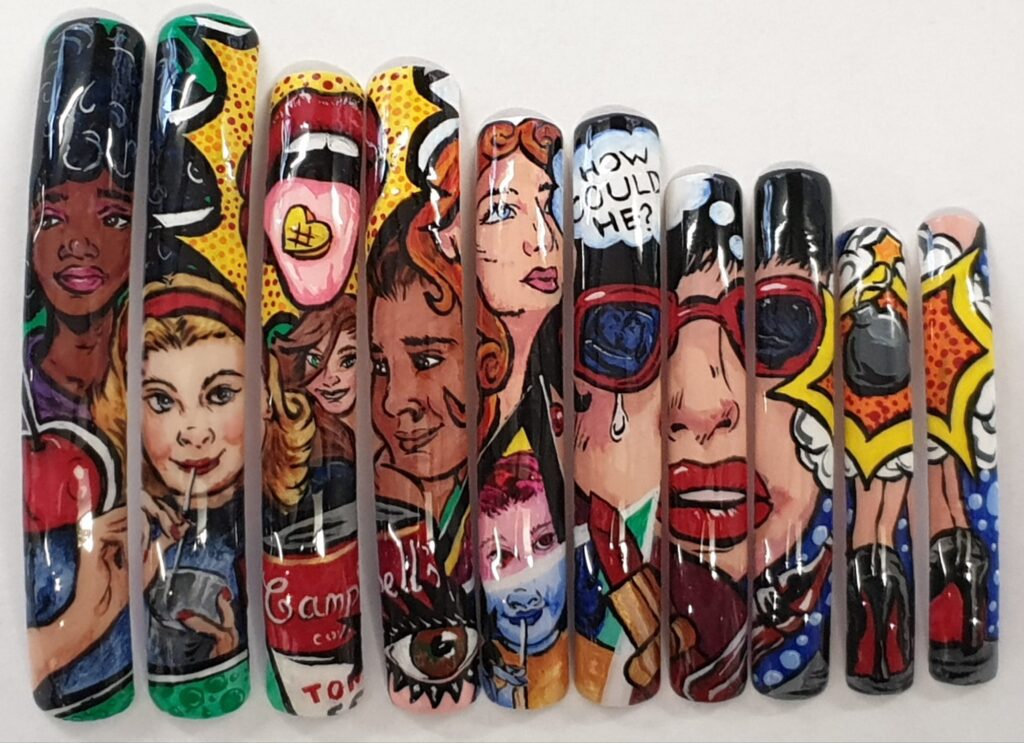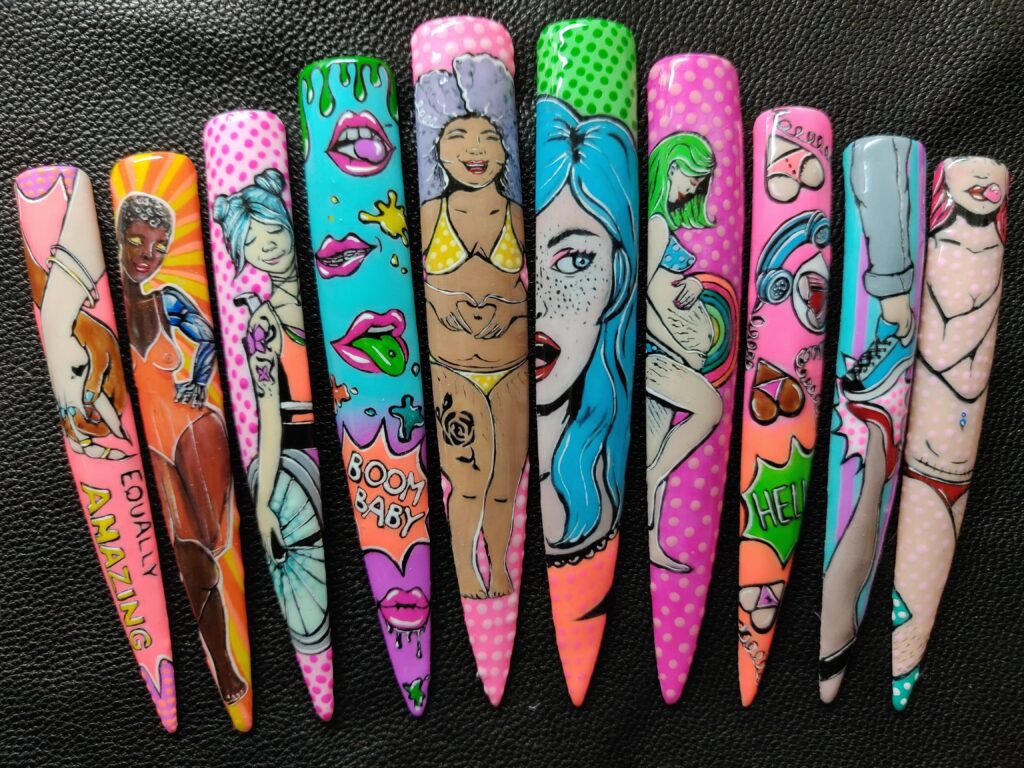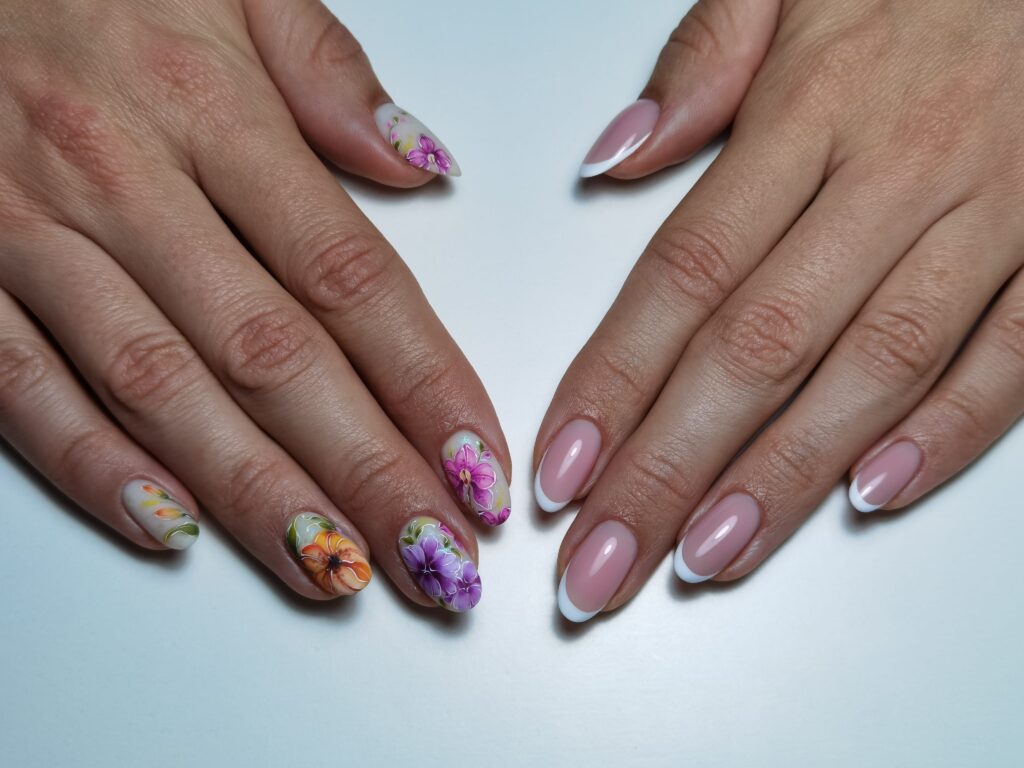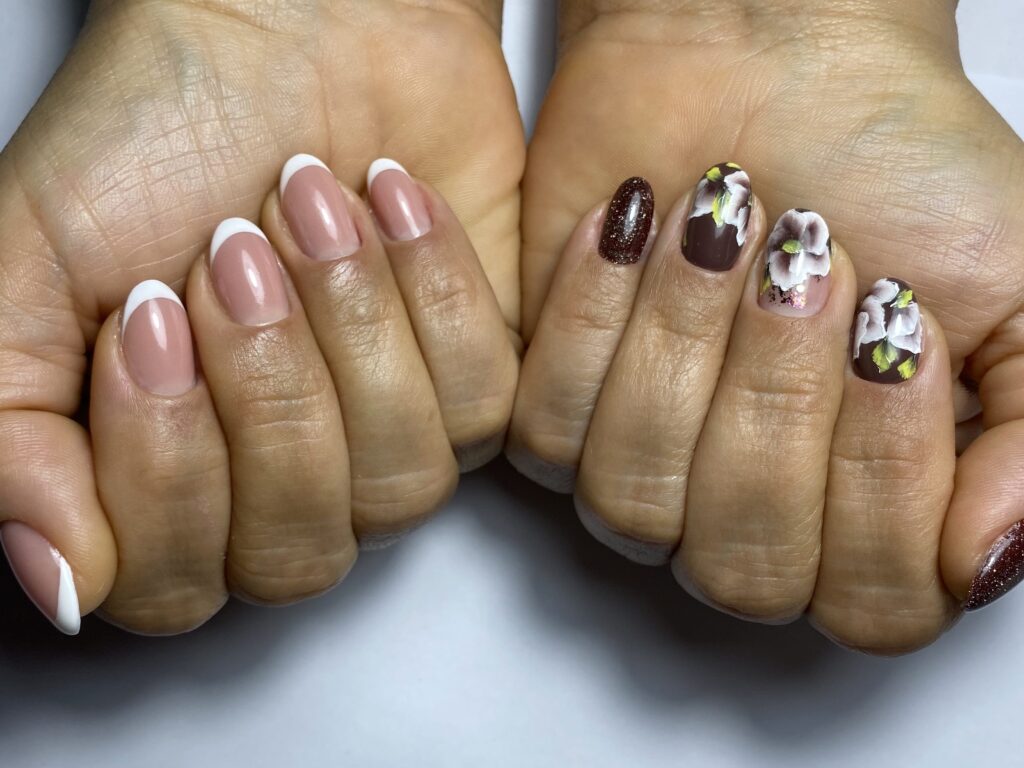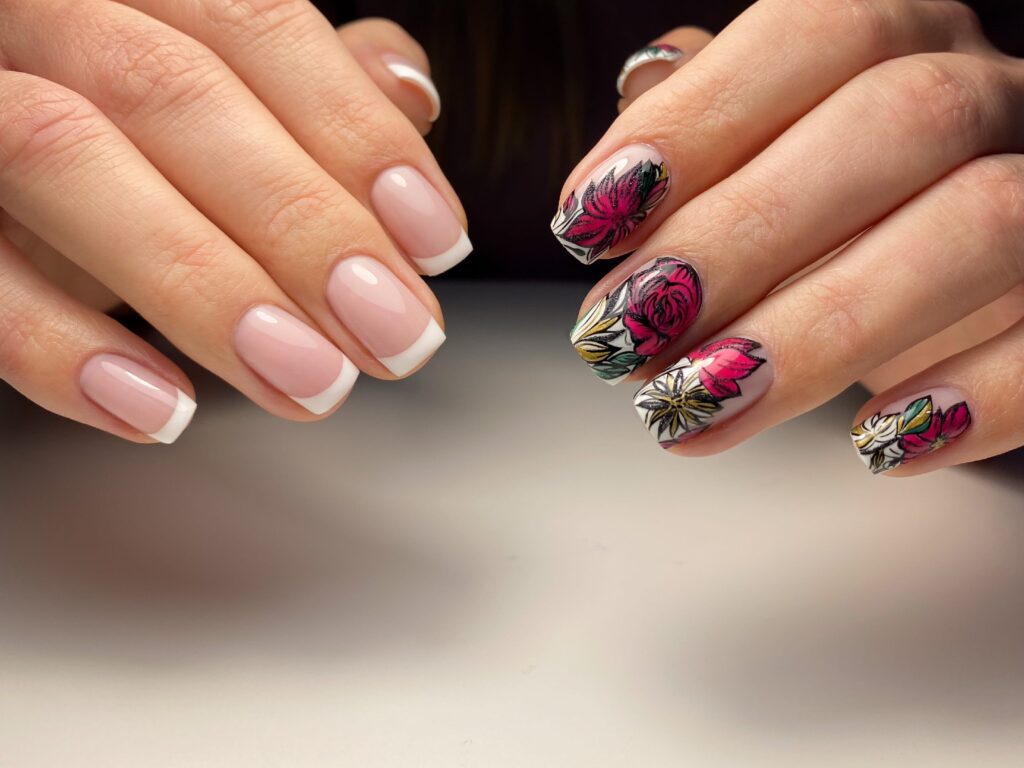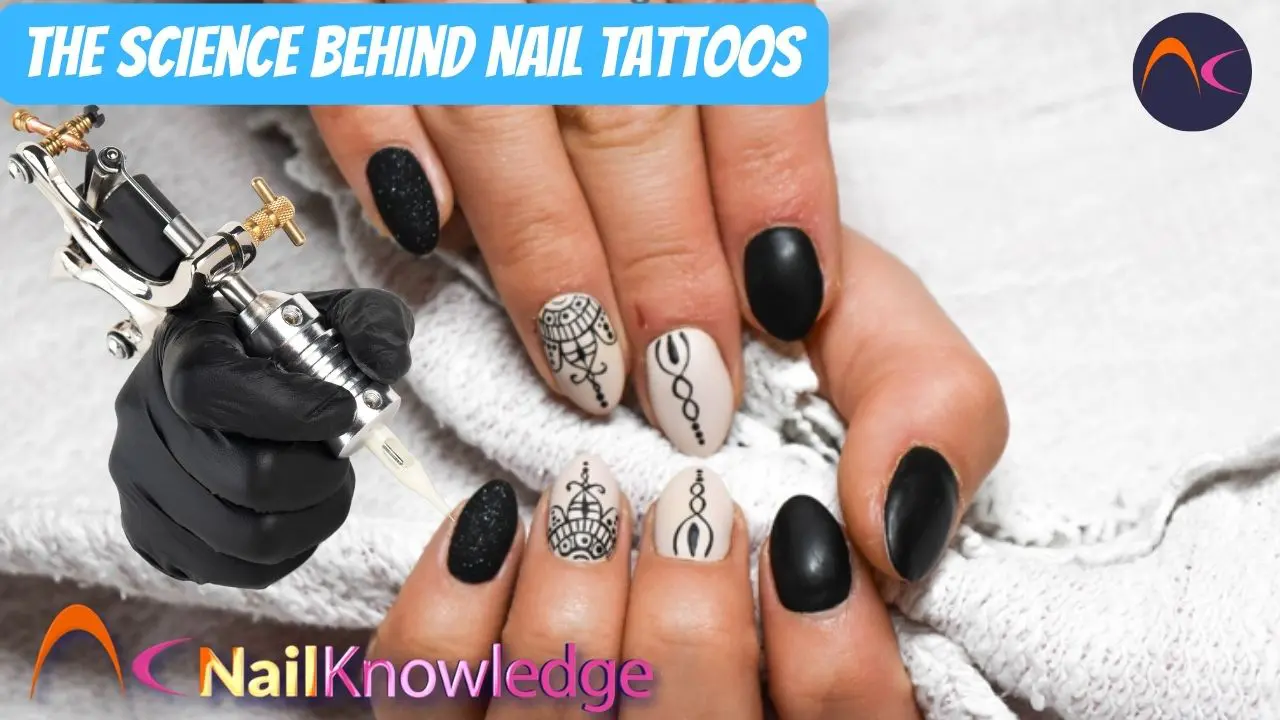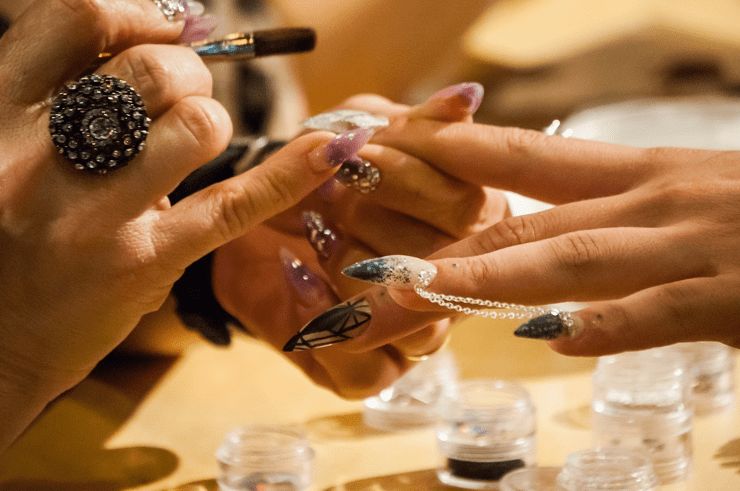Are you among those who have often wondered, ‘Why do my nails go from strong and healthy to brittle and peeling as soon as I apply nail polish?’
Recebemos várias consultas semelhantes às seguintes:
My nails are very strong and healthy, and they can grow very long, but as soon as I use nail polish they become brittle and start peeling, and they continue to do so until all the ‘old nail’ has grown out and the whole nail is replaced. I have tried 5-free, 7-free, and water-based polish, and I have also tried different removers. But no matter what, my nails get ruined every time I use polish. Do you have any suggestions on what I should do?
Banindo a maldição das unhas descascadas
If you’ve found yourself facing this nail dilemma, you’re not alone. In this article, we’ll delve into the reasons behind this common issue of nail peeling and provide valuable solutions to help you maintain healthy and beautiful nails, even when using nail polish.
Prevenção da descamação das unhas: A regra de ouro para a remoção do esmalte de unha
Here are my top suggestions for addressing nail plate surface peeling:
Never peel nail polish from your nail plate. This will weaken the surface layers. These weakened surface layers will eventually peel away when they reach the free edge. It may be months later, so the peeler forgot what they did. If you peel nail polish from your nails in May, expect the cell layers on the top-side of the free edge will peel in until September when those damaged nail cells finally grow off the free edge. Doing this repeatedly can lead to a state of constant surface peeling.
Some nail coatings adhere better, the longer you wear them. Long wearing nail polish has greater adhesion, so these are more likely to harm the surface when forcibly peeled off. Gently remove nail coatings, without the use of any force, e.g. no peeling, scraping, biting, etc. There is no such thing as gentle peeling or scraping, so don’t fool yourself into thinking you “lightly scrape” or “peel carefully”.
Mantenha suas mãos longe da água. Cada vez que você satura a placa ungueal, as camadas superficiais incham e se separam. Ciclos repetidos de imersão e secagem podem enfraquecer a ligação entre a camada superior e as camadas inferiores.
Don’t wash your hands too often. Yes, you can wash your hands too much. More than ten times a day can be hard on nails and skin. Soaps, cleansers and detergents can eventually strip away substances that help hold the surface cells to the underlying cells and this can lead to peeling. The same can occur when nails are exposed to cleaning solvents.
Unmasking the Truth About Nail Polish Labels: Quality vs. ‘Free’ Claims
It doesn’t matter if the polish is 5-free or 99-free, that’s just “marketing” and doesn’t say how good or how safe a nail polish is. Don’t think this is the problem or the solution. Buy high quality products, less expensive nail polishes are less expensive for a reason and often use inferior ingredients or are poorly formulated.
Curto e agradável: A chave para evitar a descamação do polimento
Keep nails shorter. The longer the nail plate, the more flexible the free edge, the more likely the polish will peel. This is especially true for those with thin, flexible nail plates. Cap the free edge by wrapping the base, color and topcoat around the free edge to the underside and give it some extra protection. Avoid skin contact. Wear gloves when digging or working with hands. Treat your nails like jewels, and don’t use them as tools.
Guarding Your Nails: Shielding Against the Sun’s Harmful Effects
Protect nails from the sun. The nail plate has a high natural SPF, so the nail bed is protected from UV exposure, but that means the upper layers absorb the UV. Long periods of excessive sunlight can weaken surface layers and cause them to come apart.
Cuidado com as unhas: Os perigos do excesso de lixamento e polimento
Don’t over file or buff the nail plate. Too much filing or buffing thins the nail and it is much harder for the polish to adhere to thin nails, than thicker nails. Don’t try to file away so-called “ridges”. The nail plate can’t grow ridges, those are actually grooves. Therefore, filing the plate smooth reduces and thins the entire nail plate to match the thinness of the ranhura mais profunda. That’s trouble waiting to happen- so don’t do it.
Nutrir as unhas: Os benefícios e as precauções do uso de óleos para unhas
Use óleos para unhas, pois eles podem ajudar a reduzir a fragilidade da superfície e a fortalecer as ligações entre a superfície e as camadas inferiores das células da unha; no entanto, certifique-se de remover os óleos da superfície antes de aplicar qualquer revestimento de unha. Os óleos para unhas também são absorvidos pela placa, tornando-a mais resistente à absorção excessiva de água.
Proteção contra solventes: Protegendo suas unhas da exposição prejudicial
Avoid over exposure to solvents. Solvents can remove surface oils and may also leach out substances that help to cement nail cell layers together. Occasional use of solvent-containing polish removers won’t have much effect on normal nails, but may have a noticeable effect on plates that have weakened adhesion due to other factors described above.
Desmistificando as unhas descascadas: Desmascarando conceitos errôneos sobre reações alérgicas
A descamação das placas ungueais nunca é um sinal de allergic reactions. The nail plate is not living and does NOT have an immune system, so allergic reactions are not possible.
Acesse este link para obter um entendimento mais aprofundado das causas de descamação das unhas e como abordar esse problema comum.





